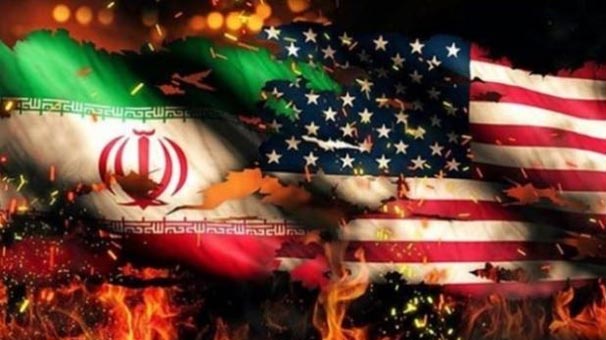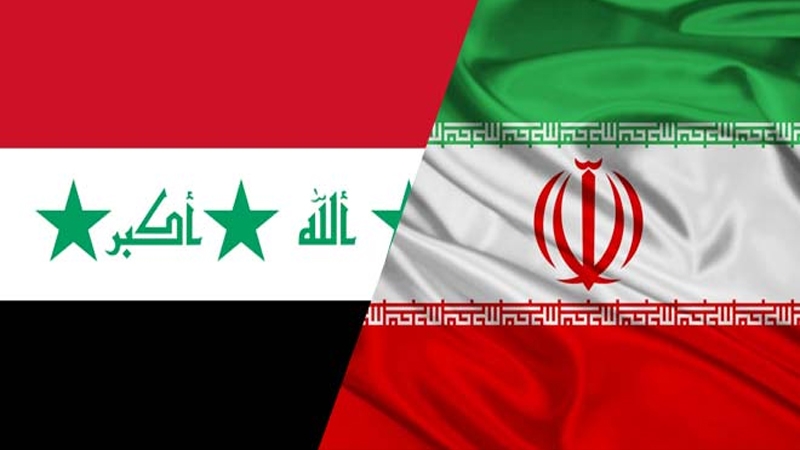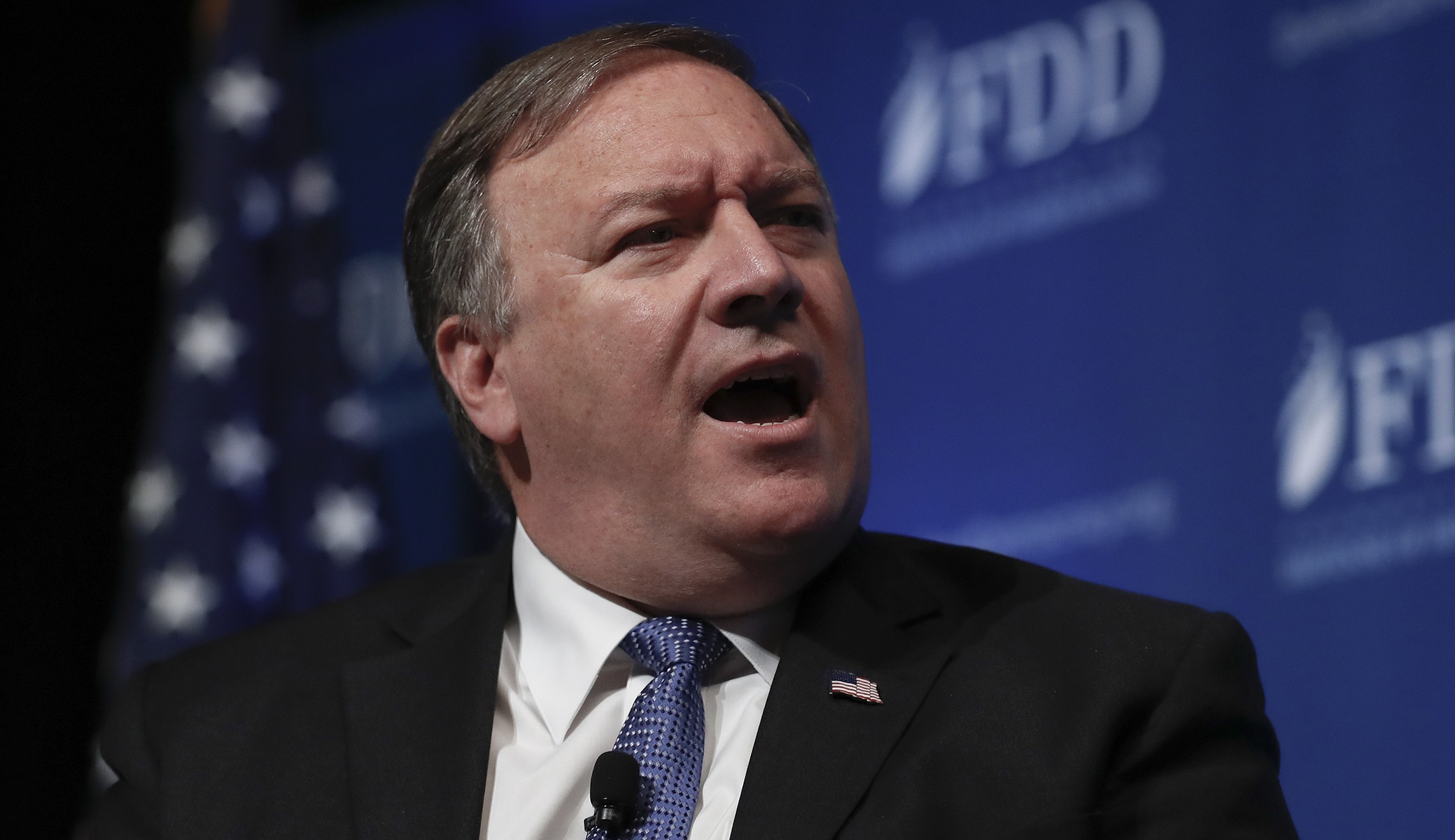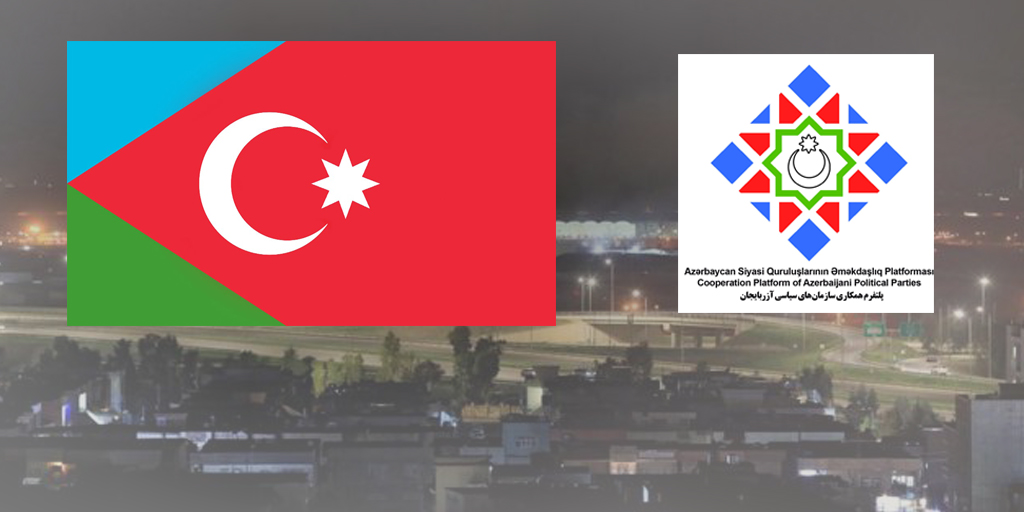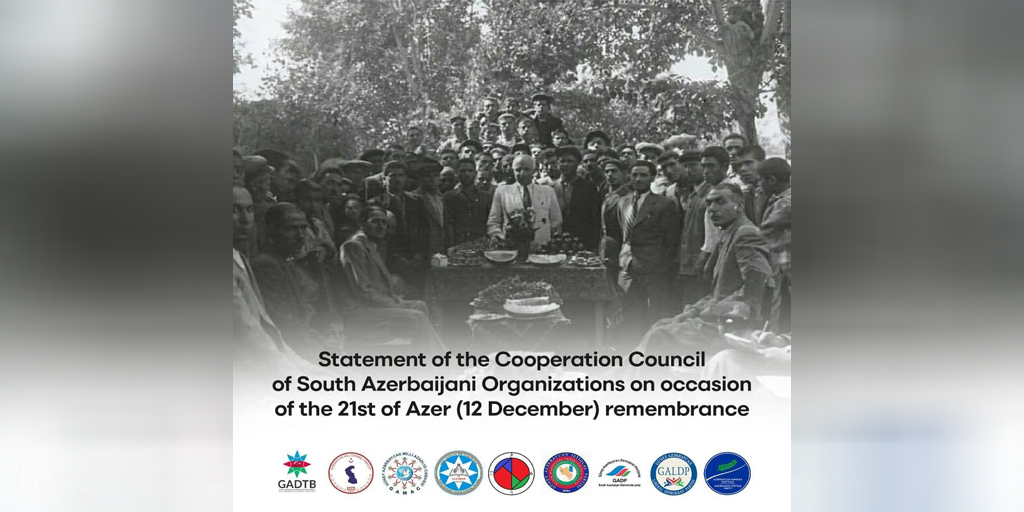Iran stands top with over 1084 Executions in 2015

Iran records the highest ratio of executions worldwide relative to population
By Rahim Hamid
The position of Iranian officials regarding Saudi Arabia’s execution of 47 prisoners, as well as Iran’s instigation via its Basiji forces of assault on the Saudi consulate and embassy, has raised many questions as to the real position of the Iranian government regarding executions. Particularly because ever since Hassan Rouhani’s assumption of the Iranian presidency under the banner of reforms and justice, Iran has registered a record number of extrajudicial executions.
As a matter of fact, Iran took advantage of its return to talks over its nuclear program in order to execute 1084 people in 2015, which turned out to be a record number of executions for Iran, higher than in 15 previous years. The Iranian president plays a major role in approving executions via his representatives in all the provinces of Iran. The Iranian judiciary system is the primary responsible institution regarding executions while Rouhani has never even condemned the executions in Iran which have been increasing during his presidency at an alarming rate.
Human rights organizations had hoped to include human rights issues, as well as the curbing of very high execution rates within the agenda of the (5+1) nuclear talks with Iran, but their efforts did not reach fruition. Ahmad Shaheed, the UN Special Rapporteur on the Situation of Human Rights in the Islamic Republic of Iran, in his recent report stated that situation concerning human rights in Iran has not witnessed tangible changes during the Rouhani presidency, while Iran refuses to ratify the human rights special charter.
In a related event the human rights organisations published a statement by the Sunni clerics of Iran warning of Iranian vengeful intentions to execute 27 Iranian Sunni activists mostly Kurds. The statement also warned of the recurrent prison executions and massacres within Iranian regime prisons against Iranian Sunnis.
The statement also called on all responsible for the affairs of Sunni Muslims in Iran to intervene in order to deter these executions. The statement also called on all Iranian Sunnis to take to the streets in protest of the executions and in support of the prisoners. Prior to these events the Iranian revolutionary court had sentenced seven Ahwazi activists to death while Human Rights Watch had demanded that Iran revoke its death sentences issued against 33 Sunnis mid-2014.
This while Iran’s execution of Rihanna Jabari who was accused of killing an Iranian intelligence officer who was trying to rape her, was internationally condemned in 2014.In Ahwaz southwest region, Iran also executed Hadi Rashedi and Hashem Shabani due to their setting up of the “Hiwar” Ahwazi cultural organization. Also executed was Gholamreza Khosravi Savadjani for supporting Mujahidin Khalq.
Amnesty International had also warned in a statement issued last July of the increase of executions during the first six months of the year 2015 after the number of executions reached around 700 while Iranian official figures had only showed 246 a few months prior to the statement.
The current Iranian Minister of Justice Mostafa Pourmohammadi was party to and remains a defender of many of Iran’s executions between August and September 1988. Iranian human rights organizations state that authorities had executed five thousand political activists by firing squad, mostly members of Mujahidin Khalq and Kurds in 1988.
The list of those executed by Iran also included civil society activists and left-wing political party members. The current Iranian justice minister was a member of the 3 man executions committee in 1988. Iranian human rights organization say that precise numbers of those executed are unattainable due to Iranian governmental pressures on the families of the executed individuals, in addition to the fact that all those killed by Iranian Special Forces or during demonstrations are not accounted for in official Iranian records. Iranian human rights organizations records over a 5 year period show execution rates rising in Iran.
In 2014, Iranian human rights organizations records show, that Iran carried out in excess of 753 executions, while in the year 2013 Iran carried out 678 executions and 580 in the year 2012 and 684 in the year 2011. To this effect the Boroumand human rights institution which deals with Iranian human rights issues surveyed 18,068 executions in Iran from the inception of the revolutionary court to this day.
Rights activists say that execution sentences in Iran are based on forced confessions and have no judicial value. A European Union court had previously refused the rebuttal of Iran in the case against the president of the Iranian television and radio agency Mohammad Sarafraz as well as the President of Press TV Hamid Reza Emadi. Sarafraz and Emadi had a role to play in the airing of forced confessions made by Ahwazi Arab and Kurd political prisoners who were subsequently executed in suspicious circumstances.
The regime in Iran has long systematically targeted ethnic and religious minorities, especially those who have struggled for their own self-determination against this regime. This constitutes ethnic minorities such as Kurds and Baluch and Ahwazi Arabs who also appear to be Sunni Muslims. These minorities are frequently denied the right to express their cultural and ethnic identities and suffer large scale institutional discrimination and oppression at all levels of Iranian society.
Ever since the victory of the Iranian revolution over the Pahlavi regime executions have become the main source of repressive power for the rulers of Tehran. The special revolutionary court set up in 1979 by order of Khomeini appointed Shiite clerical judges to pass judgment without any reference to legal and judiciary procedures.
These bias revolutionary courts pass judgment on everything from executions to slander to corruption. The first Wali Faqih, which is a Persian Shiite religious office, used these revolutionary courts to execute all his rivals and political opponents. They were served with sentences with religious connotations such as “corruption on earth”, as well as, threatening national and international security and other such sentences.
Such ad hoc arbitrary judicial practice continued until 1994, when it was formalized. In the year 1994 a law was passed officially recognizing these revolutionary courts. With the passing of the law officially creating the revolutionary courts and inducting them into the Iranian state apparatus a list of their specialty was declared.
The 1994 law stipulates that the revolutionary courts specialize in crimes against national security and the crime of “corruption in land” and the crime of “slander against Khomeini” and the crime of “slander against Khamenei” the crime of “plotting against the regime” the crimes of militant activity, terrorism, and destruction of public institutions, espionage, drug trafficking, and economic corruption. In the year 1980 the newspaper entitled “Ettelaat” exposed the atrocity of executions the Iranian regime had carried out against its opposition.
And soon after the photo was published showing the Iranian execution squad, the photograph captured international attention winning the Pulitzer Prize for the best photograph in 1980. The photographer’s identity however was not disclosed till after 26 years had elapsed. In the interview with the Wall Street Journal who exposed the photographer’s identity Jahangir Razmi the man who claimed to have taken the photo in Iranian Kurdistan said he had taken the photo while he was an adjunct to the Iranian Shia clerical Judge Sadeq Khalkhali.
By -Rahim Hamid





